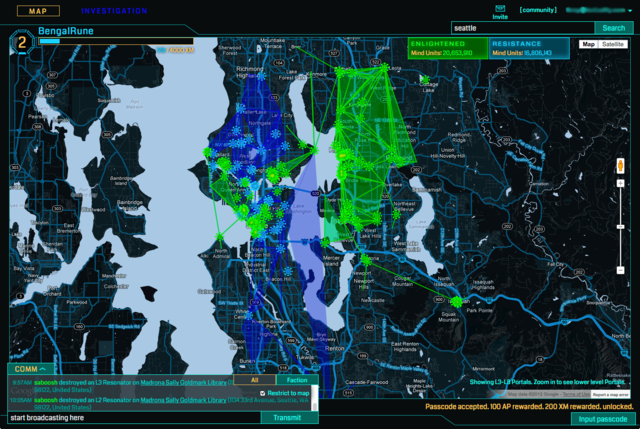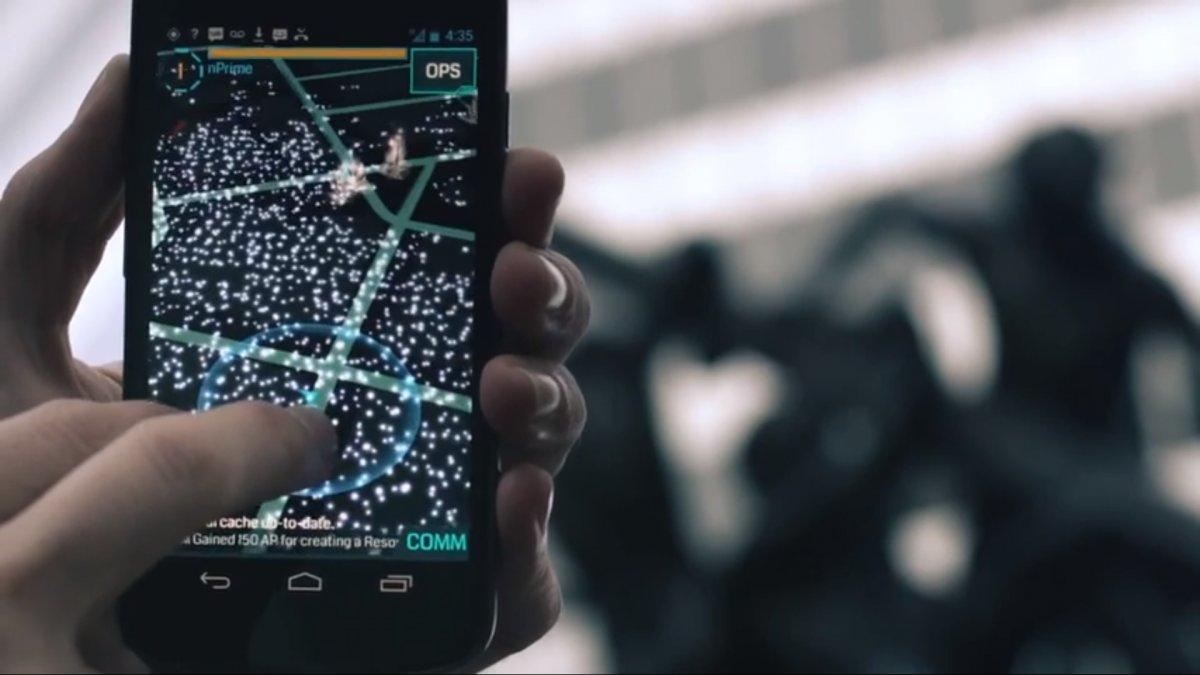Pokemon Go tips: How the first man to catch all 142 Pokemon actually caught them all
What shoes to wear, how to incubate eggs and where to go if you want to catch as many as you can, if not 'em all

Your support helps us to tell the story
From reproductive rights to climate change to Big Tech, The Independent is on the ground when the story is developing. Whether it's investigating the financials of Elon Musk's pro-Trump PAC or producing our latest documentary, 'The A Word', which shines a light on the American women fighting for reproductive rights, we know how important it is to parse out the facts from the messaging.
At such a critical moment in US history, we need reporters on the ground. Your donation allows us to keep sending journalists to speak to both sides of the story.
The Independent is trusted by Americans across the entire political spectrum. And unlike many other quality news outlets, we choose not to lock Americans out of our reporting and analysis with paywalls. We believe quality journalism should be available to everyone, paid for by those who can afford it.
Your support makes all the difference.If you want to be a Pokémon Go master, you have to learn from a Pokémon Go master.
Earlier on Thursday, Brooklyn-based Nick Johnson became the first Pokémon Go player to publicly confirm that he had caught all 142 unique Pokémon that are available in the US in the augmented reality smartphone game.
It took a lot of doing, including at one point hiring an Uber to drive him in circles to catch one of the last Pokémon he needed.
Here are Johnson's top tips for catching 'em all — as well as some of the crazy Pokémon adventures he had along the way.
Johnson's first piece of advice: Buy a comfortable pair of walking shoes. He walked around 8 miles a day, every day, after work in search of distant Pokémon. And he says the game is better at recognizing a jogging pace than a slow walk.
If you're trying to hatch eggs, walking should be done in a straight line. As Johnson explains, the game measures distance by periodically checking in on your distance and calculating the straight-line distance between where you were versus where you are.
So if you just walk in little circles, the game won't accurately measure how far you've gone, and you'll have wasted your time and energy. "I learned that the hard way," Johnson says.
If you're trying to level up quickly, you want to focus on relatively common Pokémon like Pidgey and Weedle, Johnson says, because they require only 12 or 25 candy to evolve — versus the 50 or more candy it takes for rarer, more powerful beasts.
If you're going to spend real money on Pokémon Go, he says, egg incubators are the best bang for your buck, working out to about 33 cents per egg hatched.
But above all else, Johnson says, the key is to work with other people. "There aren't many social features built in, but it's a very social game. If you don't know where to find a specific Pokémon, ask your fellow trainers! They're usually happy to help out."
For instance, Johnson says he spent days being unable to find Dratini, a rare dragon-type Pokémon. But a random fellow player he talked to on the street told him of a secret Dratini nest in Jersey City, New Jersey, and within a day he had enough to evolve it into Dragonite.
(He says that Dratini nest is in Jersey City near the Newport PATH train stop, right off the pier, if that helps any locals.)
Johnson also used the "PokemonGoNYC" communities on Facebook and Reddit to swap tips and leads with other players.
Johnson was also a regular at Central Park's Grand Army Plaza, the same Pokémon Go hotspot that attracts hundreds of players — including Justin Bieber. Some of those players (not Bieber) stay well into the night, watching for Pokémon.
Johnson says that "at least at Grand Army Plaza," he has noticed that rare Pokémon tend to appear every 30 minutes on both the hour and the half hour. So his strategy was to be there right as the hour changed, and then jog to Central Park's other areas with clustered-up Pokéstops, like the flagship Apple Store on Fifth Avenue or the pond to check them for new Pokémon appearances, and then jog back to Grand Army Plaza before the next half-hour shift. (He likes Battery Park for catching Pokémon, too.)
Johnson says it also helps if you have a second phone you can borrow while you play. After his girlfriend would get tired of all that Pokémon adventuring and go to bed, he says, he would use her phone as a "radar" to make sure that he didn't miss any Pokémon appearances while he was in a gym battle, or vice versa.
Finally, here's an advanced tip for the super dedicated, so bear with us. Before it made Pokémon Go, the developer Niantic was responsible for a very similar map-based game called Ingress. A lot of Ingress data moved over to Pokémon Go.

See those white dots on the Ingress screen here? In that game, they're called exotic matter, or XM. Areas with high concentrations of XM clouds in Ingress correspond very tightly ...

... with the areas in Pokémon Go where rare Pokémon appear. So if you're having trouble finding a rare Pokémon, and you're really dedicated, you can switch over to Ingress, find a concentration of XM, and then switch back to Pokémon Go to make it appear.
"I found more than a few rare ones by spotting them on radar then ignoring the radar and using the Ingress in-game map to navigate to those hotspots," Johnson says. "May not work 100% but definitely helped me.
Join our commenting forum
Join thought-provoking conversations, follow other Independent readers and see their replies
79Comments